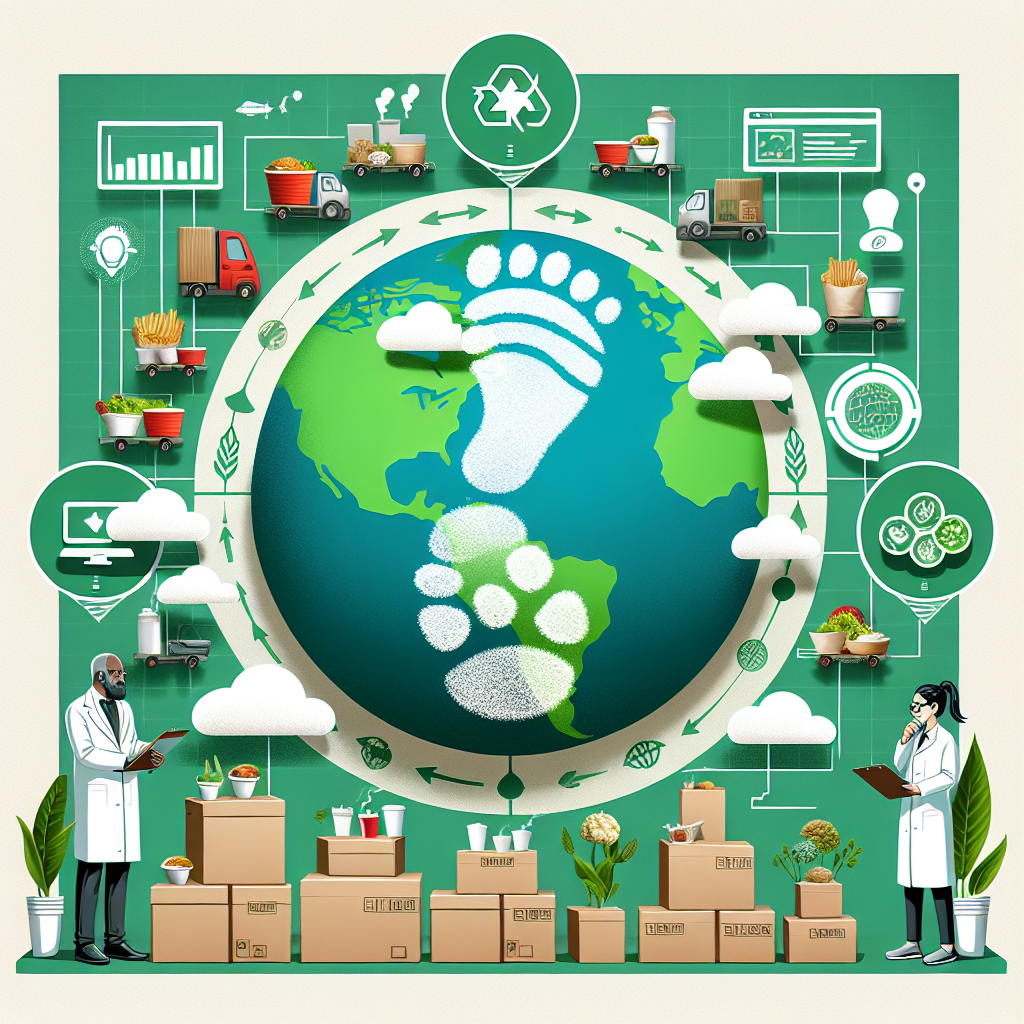In our fast-paced world where convenience often reigns supreme, meal delivery services have surged in popularity. These services offer a quick and easy way to enjoy fresh, delicious meals without the hassle of grocery shopping or cooking. However, as the demand for convenience rises, so does the need to examine the environmental impact of these services, particularly when it comes to packaging. In this article, we will explore the carbon footprint of meal delivery, delve into the eco-friendly packaging alternatives available, and consider the role consumers can play in advocating for more sustainable practices.
Understanding the Carbon Footprint of Meal Delivery
What is a Carbon Footprint?
A carbon footprint measures the total greenhouse gas emissions associated with an activity or product, expressed in carbon dioxide equivalent (CO2e). For meal delivery services, this encompasses everything from the sourcing of ingredients, transportation, and, critically, the packaging used to preserve and deliver the food.
The Contribution of Packaging to Carbon Emissions
Cooking and transporting meals generate significant carbon emissions, but interestingly, packaging also plays a crucial role. Traditional packaging materials like plastic and Styrofoam can take hundreds of years to degrade, contributing to landfill overflow and harmful emissions during production. Evaluating the materials and methods used in meal delivery can help us understand their overall environmental impact.
The Shift Toward Eco-Friendly Packaging
Biodegradable and Compostable Materials
Recognizing the harmful effects of conventional packaging, many meal delivery companies are beginning to adopt biodegradable and compostable materials. These options can significantly reduce landfill contributions and are designed to break down naturally over time. Popular choices include plant-based plastics, mushroom packaging, and even seaweed-based materials.
Reusable Packaging Systems
Some innovative meal delivery services are even opting for reusable packaging models. In this system, customers receive their meals in containers that can be returned, cleaned, and reused for future deliveries. This approach not only limits waste but also fosters a sense of community as customers participate in a circular economy.
The Role of Eco-Friendly Practices in Sustainable Living
Consumer Choices Matter
As consumers, we hold considerable power. When we choose meal delivery services that prioritize eco-friendly packaging, we send a message to companies that sustainability is a priority. This can encourage more businesses to follow suit, ultimately leading to a greener industry.
Transparency and Education
As consumers grow more conscious of their environmental impact, they increasingly seek transparency from the companies they support. Meal delivery services that openly share their sustainability practices and product lifecycle details can foster trust and loyalty among customers who prioritize eco-friendly options.
Finding Balance: Convenience vs. Sustainability
The Challenge of Consumer Convenience
While eco-friendly practices are admirable, convenience often takes precedence in today’s busy lifestyle. Many consumers may opt for traditional packaging due to its practicality, even if it’s less sustainable. This dilemma presents a challenge for meal delivery services: how to balance convenience with environmental responsibility.
Innovations for a Greener Future
Fortunately, technology is paving the way for innovative solutions that enhance convenience without compromising sustainability. Smart packaging technologies, such as QR codes that provide detailed recycling instructions or freshness indicators, enable consumers to make informed choices while enjoying the ease of meal delivery.
Conclusion: A Taste for Change
Meal delivery services have undeniably altered the way we approach food, offering unparalleled convenience in our daily lives. However, as we embrace this new era of dining, it is crucial to evaluate the consequences of our choices on the environment. By advocating for eco-friendly packaging and supporting companies that prioritize sustainability, we can create a positive impact on our planet.
In this age of convenience, let’s strive to balance our desire for quick meals with an unwavering commitment to preserving the Earth for generations to come. As consumers, the power to drive change starts with us. Make environmentally conscious choices, engage with brands that care, and champion a future where convenience goes hand in hand with sustainability. Together, we can savor delicious meals without compromising our planet.


